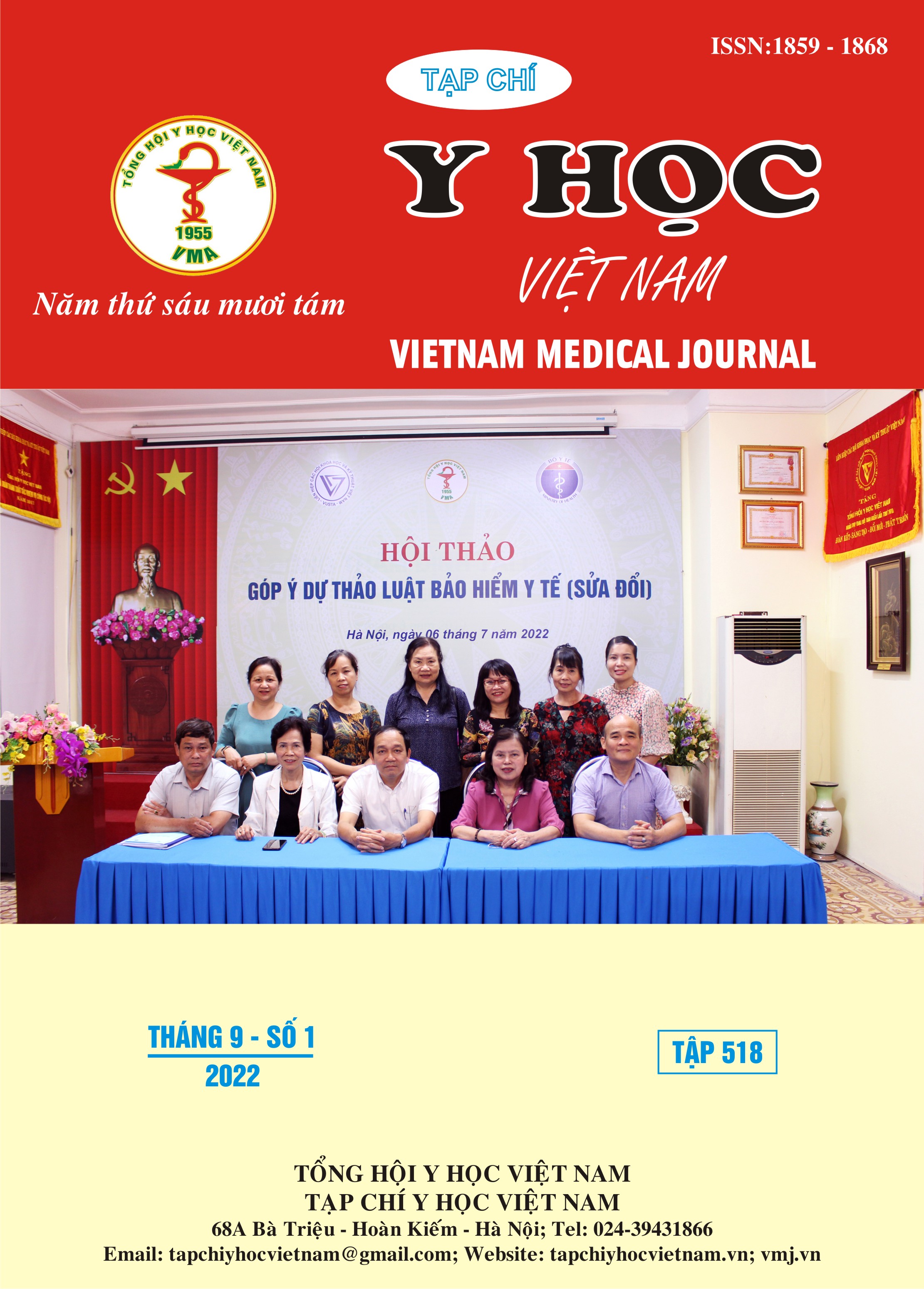BÁO CÁO CA LÂM SÀNG: PHẪU THUẬT BỆNH NHÂN VẾT THƯƠNG THẤU PHỔI VÀ THẤU TIM DO TỰ ĐÂM KẾT HỢP BỎNG THỰC QUẢN DO CHẤT TẨY RỬA
Nội dung chính của bài viết
Tóm tắt
Tổng quan: Vết thương tim là một cấp cứu tối khẩn cấp hiếm gặp nhưng lệ tử vong cao. Một số báo cáo cho thấy tỷ lệ tử vong trước viện khoảng 94% và tử vong khoảng 50% trong thời gian nằm viện. Việc cấp cứu và phẫu thuật khẩn cấp có vai trò quan trọng trong việc cứu sống bệnh nhân và cải thiện tiên lượng. Chúng tôi báo cáo 1 bệnh nhân được phẫu thuật thành công vết thương tim do tự đâm kết hợp bỏng thực quản do chất tẩy rửa. Ca lâm sàng: Bệnh nhân nam, 46 tuổi được đưa vào viện cấp cứu với nhiều vết thương do dao đâm vào thành trước ngực trái và phải. Bệnh nhân ngay lập tức được đưa vào phòng mổ để phẫu thuật mà không tháo ngay dị vật. Bệnh nhân được tiến hành phẫu thuật khẩn cấp, khâu vết thương nhu mô phổi, khâu tái tạo thành bên thất trái. Bàn luận: Chẩn đoán sớm và phẫu thuật nhanh chóng là những yếu tố quan trọng đối với bệnh nhân vết thương tim. Quá trình cầm máu phải được thực hiện kiên nhẫn từng bước một mà không lấy dị vật ra ngay lập tức. Kết luận: Trường hợp này nêu bật tầm quan trọng của việc điều trị phẫu thuật ngay để cứu sống những bệnh nhân vết thương nặng vùng lồng ngực.
Chi tiết bài viết
Từ khóa
vết thương tim, cấp cứu, phẫu thuật khẩn cấp
Tài liệu tham khảo
2. Campbell N. C., Thomson S. R., Muckart D. J., et al., Review of 1198 cases of penetrating cardiac trauma. Br J Surg, 1997. 84(12): p. 1737-40.
3. Mina M. J., Jhunjhunwala R., Gelbard R. B., et al., Factors affecting mortality after penetrating cardiac injuries: 10-year experience at urban level I trauma center. Am J Surg, 2017. 213(6): p. 1109-1115.
4. Gao J. M., Gao Y. H., Wei G. B., et al., Penetrating cardiac wounds: principles for surgical management. World J Surg, 2004. 28(10): p. 1025-9.
5. Hashim R., Frankel H., Tandon M., et al., Fluid resuscitation-induced cardiac tamponade. J Trauma, 2002. 53(6): p. 1183-4.
6. Demetriades D., Cardiac wounds. Experience with 70 patients. Ann Surg, 1986. 203(3): p. 315-7.
7. Tyburski J. G., Astra L., Wilson R. F., et al., Factors affecting prognosis with penetrating wounds of the heart. J Trauma, 2000. 48(4): p. 587-90.
8. Muhammad Afzal R., Armughan M., Javed M. W., et al., Thoracic impalement injury: A survivor with large metallic object in-situ. Chin J Traumatol, 2018. 21(6): p. 369-372.


